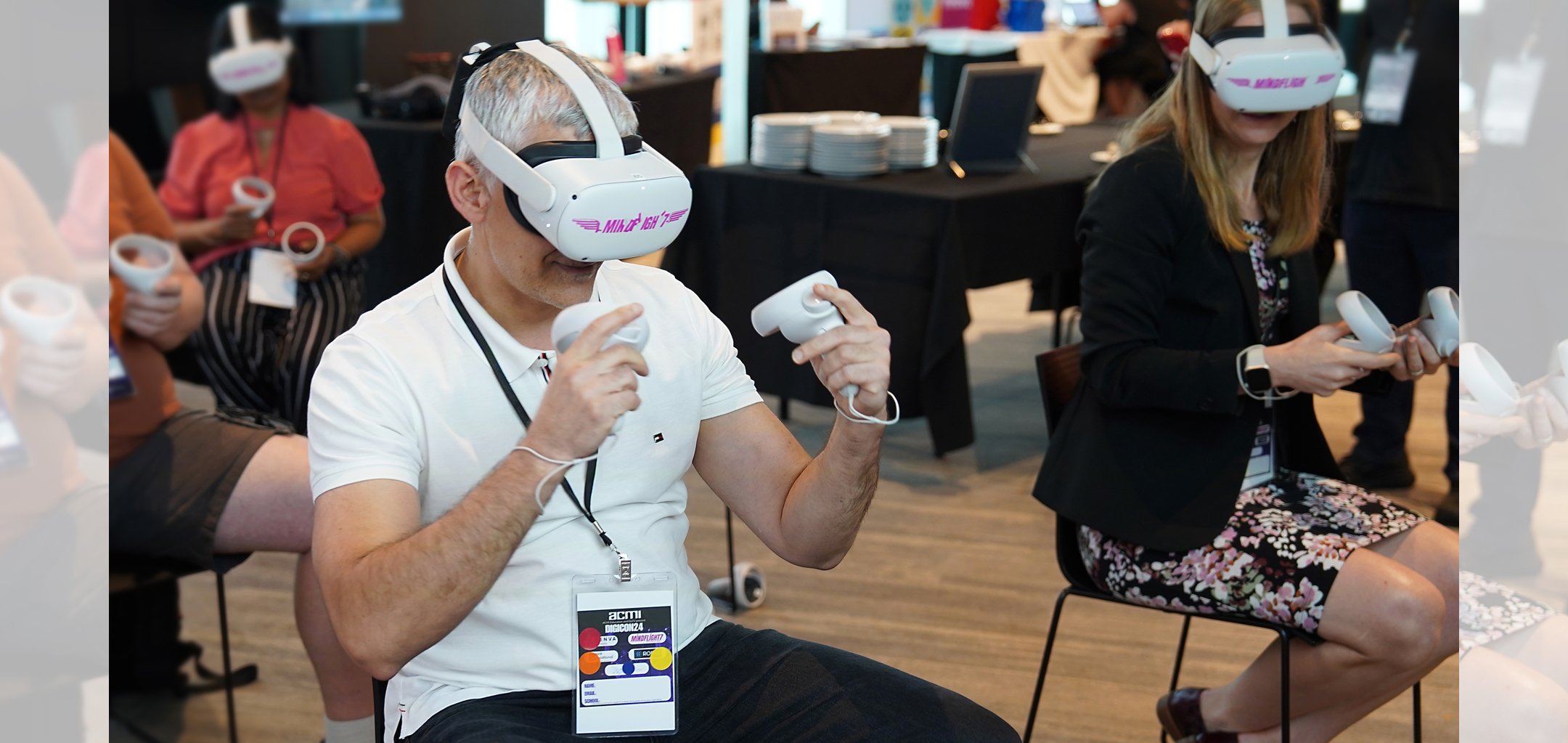
ACMI and DLTV present
DigiCon 25.0
DigiCon25.0: Rebooting Digital Technologies and Digital Literacy in Education
When
Thursday 27 and Friday 28 November 2025
9am - 4pm Event. 4-6pm Exhibition & Networking
DigiCon25.0 marks a new milestone for Victoria’s leading Digital Learning and Teaching conference. Like software, DigiCon is constantly evolving — this year’s theme, “Rebooting Digital Technologies and Digital Literacy in Education,” reflects the transformation happening across schools and classrooms in 2025. With initiatives like VTLM2.0, AI and the rapid pace of technological change, educators and learners are continuously updating their ‘versions’ — skills, practices, and tools — to stay future-ready.
This year, DigiCon launches a refreshed format with more time dedicated to immersive masterclasses for hands-on skill development on both days. Still keeping the conference experience, featuring inspiring keynotes, breakout sessions, and opportunities to connect with peers and industry experts.
DigiCon25.0 is a space to go beyond quick fixes, explore innovation, embrace disruption, and reimagine how Digital Technologies and Digital Literacy can truly transform teaching and learning. DigiCon25.0 — is designed to evoke ideas of versioning, evolution, and reinvention.
We look forward to welcoming you in 2025.
Jacqueline Manison, DLTV President
Prices (ex gst)
Where
Education enquiries
Ticket Options & Information
Please note that the option to Pay via Invoice will close at 5pm on 5 November, after which only Pay via Credit Card will be available.
All tickets sales for the conference will close a week prior at 5pm on 19 November.
After booking you will receive a confirmation email, if you have opted to pay by invoice it will be sent within 1 - 3 business days after your booking with payment details. If you have opted to pay by Credit Card you will receive a Tax Invoice shortly after your confirmation email.Lanyards will be available to collect at ACMI on the day of the conference.
1 Day Pass - Thursday
Pay by Credit Card
Pay by Invoice
1 Day Pass - Friday
Pay by Credit Card
Pay by Invoice
2 Day Pass
Pay by Credit Card
Pay by Invoice